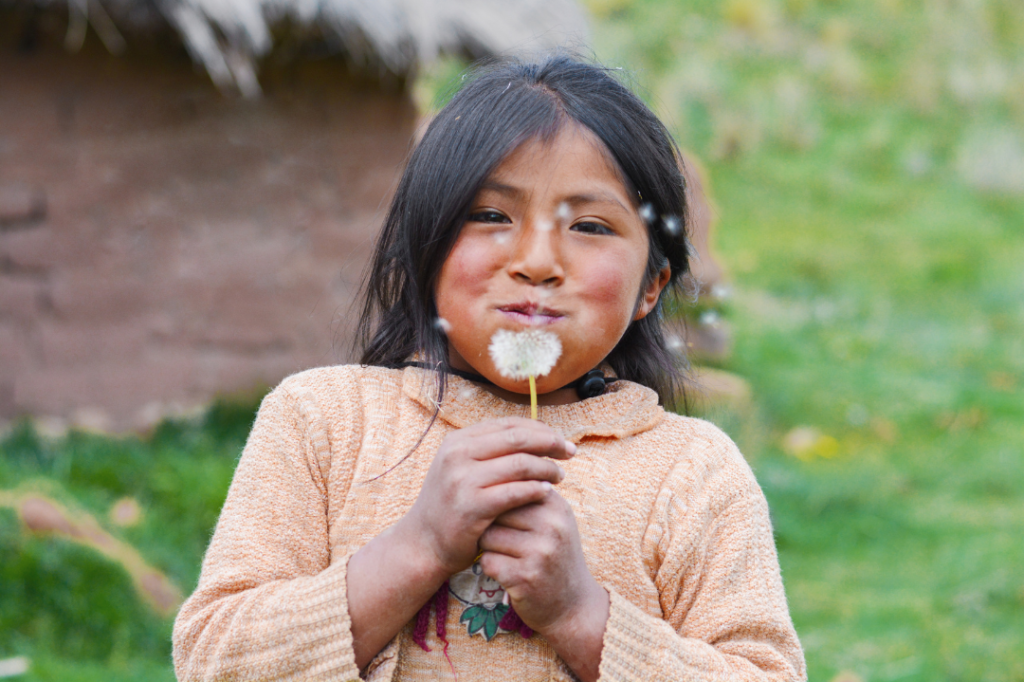April marks the beginning of Child Abuse Awareness and Prevention Month.
As part of our understanding of child abuse, it is essential to see the multiple facets of abuse, including neglect.
What Is Child Neglect?
Prevent Child Abuse America defines child neglect as when children’s basic needs are not adequately met, resulting in actual or potential harm. Basic needs include adequate food, clothing, education, health care, nurturing and emotional support, and housing.
Child neglect is the most common form of maltreatment. Although pervasive and sometimes life threatening, it is often difficult to identify. There are different types of neglect:
- Physical neglect: A child’s need for adequate food, clothing, supervision, housing, or protection from the environment is not adequately met.
- Medical neglect: A child does not receive adequate medical, mental or dental health care.
- Supervisory Neglect or Inadequate Supervision: A child receives inappropriate supervision or is exposed to hazards.
- Educational neglect: A school age child does not receive appropriate educational services, including special educational services if needed. Home schooling should not be viewed as educational neglect.
- Emotional neglect: A child does not receive adequate emotional support, care, or affection.
- Environmental neglect: A child lives in an unsafe neighborhood, where he/she has limited opportunities or resources and may be exposed to environmental hazards.
There is no single cause of neglect. Instead, there are usually multiple and interacting contributors at child, parent, and community levels. Examples of contributing family risk factors include a child with a disability, and a parent with low intellectual ability or limited knowledge about child development. Community risk factors for child neglect include parental unemployment and lack of community support, as well as burdens associated with poverty. Importantly, positive relationships, including high-quality parenting and care, are protective factors against child neglect.1

Statistics
- Of the nationally estimated 3,016,000 children who were the subject of a child welfare agency response in fiscal year 2021, 600,000 children (estimated) were determined to be victims of maltreatment, the lowest number in the last five years.
- An estimated 1,820 children died from abuse and neglect in 2021 compared to an estimated 1,770 children whose deaths were determined as due to maltreatment during 2020.
- American Indian/Alaska Native children have the highest rate of victimization at 15.2 per 1,000 children in the population of the same race or ethnicity.
- African American children have the second highest rate of victimization at 13.1 per 1,000 children in the population of the same race or ethnicity.2
How Do We Prevent Child Neglect?
The CDC provides a number of strategies that aid in reducing or preventing child abuse and neglect.
These include:
- Strengthening economic support to families
- Changing social norms to support parents and positive parenting
- Providing quality care and education early in life
- Enhancing parenting skills to promote healthy child development
- Intervening to lessen immediate and long-term harms3
Citations
